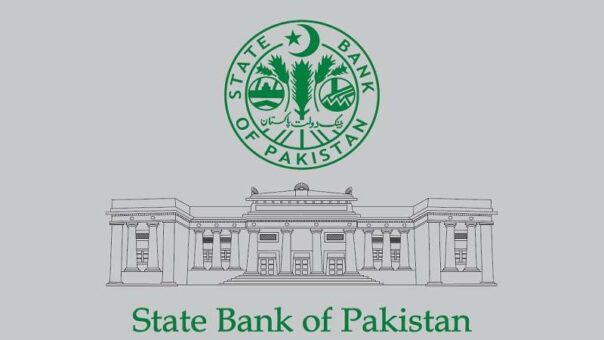KARACHI, October 24, 2023 – Pakistan has experienced a noteworthy surge in labor migration over the past two fiscal years, according to a report released by the State Bank of Pakistan (SBP) on October 23, 2023.
The report highlights the recent increase in labor migration, its impact on skills composition, and the influence on remittances.
The SBP’s report reveals that Pakistan has witnessed a substantial uptick in labor migration during the fiscal years 2022 and 2023 when compared to the preceding two years. However, this surge in emigration is not entirely unprecedented, as the country has experienced similar spikes in the past, such as during fiscal years 2015 and 2016.
An analysis of Pakistan’s labor migration flow by skills composition indicates that both highly-qualified and highly-skilled labor forces each account for only 2.0 percent (on average) of the overall emigration between fiscal years 2020 and 2023. During this period, the number of migrants under each skill composition increased in fiscal years 2023 and 2022 after a significant dip in fiscal year 2021.
Several factors might have contributed to the recent increase in emigration, including the post-pandemic resumption of international travel and the opening up of host economies. The economic conditions in both Pakistan and the destination countries likely played a role in this surge.
While the overall migration under occupational trades identified as highly-qualified and highly-skilled has been increasing between fiscal years 2020 and 2023, it is essential to note that they constitute a very small portion of the emigrant population, and their contribution to remittances is limited.
The majority of occupational trades recruited for overseas work during fiscal year 2023 primarily consist of blue-collar jobs. This trend is further highlighted when comparing remittances in US dollars (USD) and Pakistani Rupees (PKR). Remittances in USD have declined during fiscal year 2023, whereas remittances in PKR have been on an upward trajectory.
The reasons for this discrepancy can be attributed to two key factors: Firstly, exchange rate depreciation has led to lower remittances in USD, as a lower USD amount results in higher remittances in rupee terms when compared to the previous year. Secondly, the continued dominance of blue-collar workers in the total migration mix leads to a lower average remittance size in USD and, consequently, lower USD-denominated remittances.
Despite the challenges posed by the dominant blue-collar workforce and the fluctuating exchange rates, there is potential for positive growth in remittances to Pakistan. As global and domestic economic conditions improve in the future, increasing labor migration may positively impact the flow of remittances into the country.
The rise in labor migration is a multifaceted phenomenon with implications for both the Pakistani economy and the overseas workforce. The SBP’s report sheds light on the evolving landscape of labor migration in Pakistan and underscores the significance of these trends for the country’s economic outlook and remittance inflow.
Tax-to-GDP Ratio Falls to 8.5% in FY23 from Previous 9.2%: State Bank
